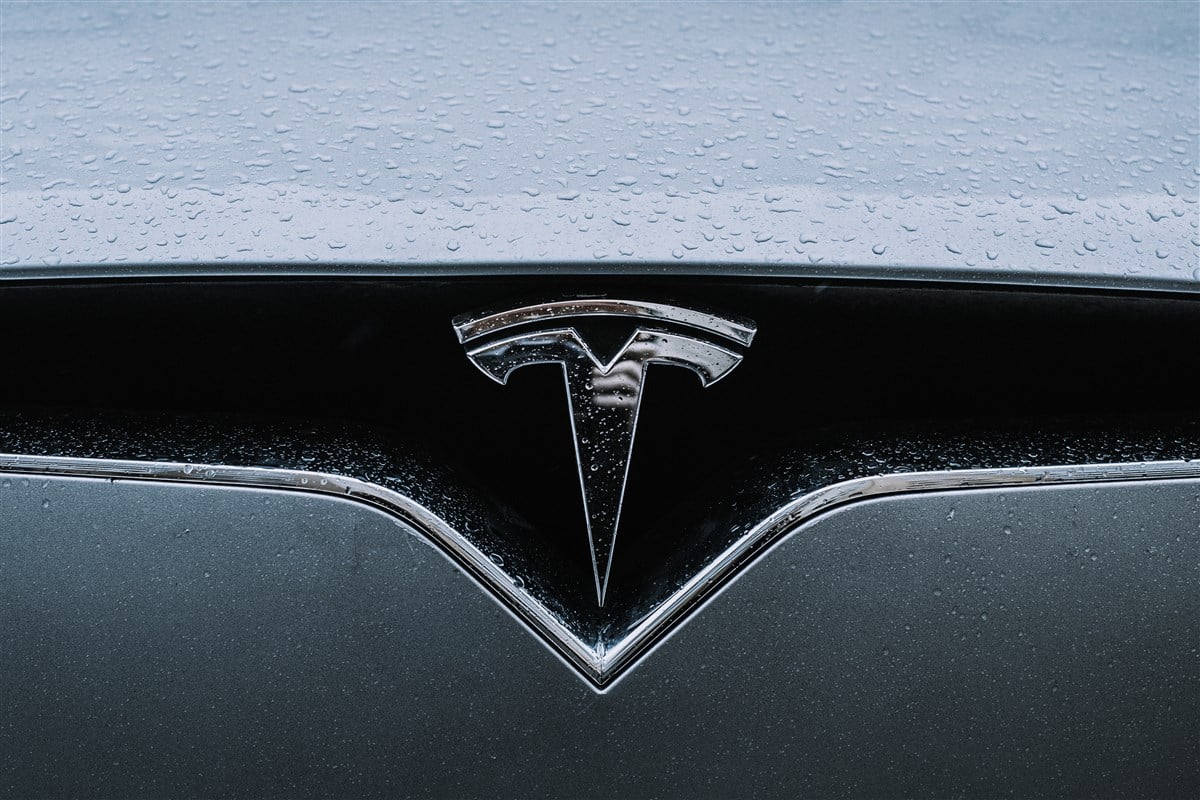Tesla's fiscal formula: Navigating numbers and news narratives Tesla's Q4 2023 financial report showed revenue slightly below expectations, with highlights including a significant one-time non-cash tax benefit
This story originally appeared on MarketBeat

Tesla (NASDAQ: TSLA) is currently navigating through a period marked by significant financial scrutiny and strategic challenges as it fights to maintain its dominance as a leader in the electric vehicle industry. With Tesla's latest financial reports drawing market attention, the company is struggling with more negative headlines. Tesla's news headlines report a crucial period for the company, as it faces global supply chain challenges and shifts in operational strategies. Investors and analysts closely monitor the company's stock performance while evaluating Tesla's financial results and strategic choices.
Tesla's fiscal synopsis: Unpacking Q4 2023 earnings
In Tesla's latest earnings report for Q4 2023, Tesla presented several crucial financial and operational metrics, reflecting its current market position and growth trajectory. By examining Tesla's financial outcomes, stakeholders and potential investors can better assess the company's strengths, challenges, and potential for future growth.
Revenue and net income insights
Tesla reported substantial revenue in Q4 2023, amounting to $25.1 billion. This figure, while exceptional, fell slightly short of Tesla analysts' expectations. Analysts had projected revenues of around $25.7 billion. Tesla's net income was significantly influenced by a one-time, non-cash tax benefit of $5.9 billion. This substantial increase stemmed from releasing a valuation allowance on certain deferred tax assets. In essence, this accounting adjustment indicates Tesla's anticipation of utilizing its deferred tax assets in the future, mirroring its sustained profitability. The substantial nature of this tax advantage suggests that Tesla foresees the continuation of profitable operations, thus providing the opportunity to leverage these tax assets effectively.
Earnings per share analysis
The earnings per share (EPS) for Q4 2023 is a critical measure of Tesla's profitability. EPS was reported at $0.71 on a non-GAAP basis. This was slightly below the anticipated $0.73. However, on a GAAP basis, EPS stood at an impressive $2.27, primarily elevated by the significant non-cash tax benefit related to deferred tax assets.
Automotive revenue breakdown
Automotive revenues for Q4 were reported at $21.5 billion, just shy of the forecasted $21.7 billion. The full year 2023 saw automotive revenues climb to $82.4 billion, a substantial portion of the total $96.8 billion revenue, underscoring Tesla's core business strength in the electric vehicle market.
Vehicle production and sales figures
Tesla's vehicle production and delivery numbers are vital indicators of its operational capacity and market demand. In Q4 2023, the company produced 494,989 vehicles and delivered 484,507 vehicles. These figures are symbolic of Tesla's manufacturing capabilities and consumer appeal. The figures also reflect the challenges and triumphs of scaling production in a competitive environment.
Year-over-year growth and model-specific performance
Tesla achieved notable growth in the automotive sector during the past year, as revealed in the analysis of its financial results by Tesla's Investor Relations department. The company saw a 38% year-over-year increase in vehicle deliveries and a 35% rise in production, further cementing its position in the electric vehicle market. The success of Tesla's fourth quarter and full-year 2023 performance can primarily be attributed to the high popularity of specific models.
In Q4 2023, Tesla delivered 460,189 Model 3/Y vehicles, representing a significant portion of its sales. Additionally, 18,652 Model S/X vehicles found their way to customers during the same period. It is estimated that approximately 1,250 other vehicles, including the much-anticipated Cybertruck and the innovative Semi, were also delivered in this timeframe.
When examining Tesla's performance for the entire year, the company delivered 64,557 Model S/X vehicles, while the Model 3/Y continued to dominate with 1,738,358 units sold. An additional 1,251 vehicles from other models rounded out the full-year sales figures.
Operational margin and cash reserves
Tesla's operating margin for Q4 was 8.2%, impacted by factors such as reduced vehicle average selling price (ASP) and costs associated with the Cybertruck production ramp-up. The end of Q4 saw Tesla's cash reserves, including cash equivalents and investments, rise to $29.1 billion, indicative of strong financial health and investment potential.
Under the hood: Analysts tinker with Tesla's numbers
Tesla's Q4 2023 earnings report has prompted varied responses from analysts, mainly due to differences between expected and actual financial results. The company reported a total revenue of $25.17 billion, a slight increase over the previous year but below the consensus estimate. This shortfall in revenue raised questions about Tesla's market dynamics and pricing strategies.
A key focus point was Tesla's automotive revenue, which did not meet the projected figures. This discrepancy has led analysts to speculate about potential challenges in Tesla's demand and pricing mechanisms. Additionally, a decline in automotive regulatory credits revenue contributed to the revenue gap, highlighting dependencies on external market factors.
Operational aspects, such as total vehicle deliveries falling short of expectations, also drew attention. This suggested potential limitations in Tesla's production capabilities or market reach. Analysts further evaluated Tesla's performance across different business segments, noting slower energy generation and storage growth, while services and other segments showed significant improvement.
Overall, the analysis by market experts suggests caution regarding Tesla's ability to sustain its growth trajectory in the face of increasing competition and operational challenges. The concerns center around Tesla's market position, production efficiency, and ability to navigate complex global supply chain dynamics.
Tesla's current adversities emphasize its adaptability and the importance of strategic realignment. Financially, the company maintains its strength despite occasional setbacks. Operationally, its response to supply chain disruptions and customer service issues will be crucial to maintaining its market position. Tesla's alignment with market and investor expectations is vital for future success, as the high expectations placed on the company by analysts reflect the need to adapt and innovate.











